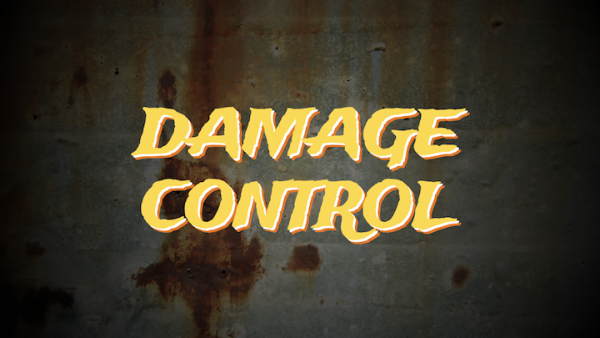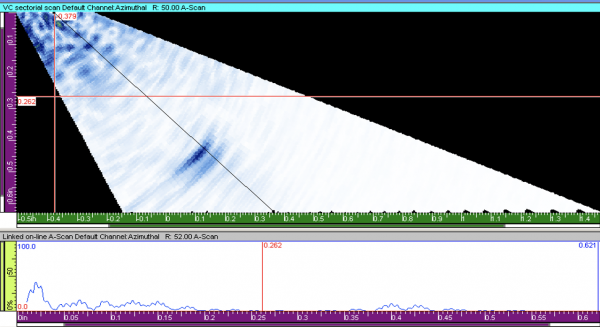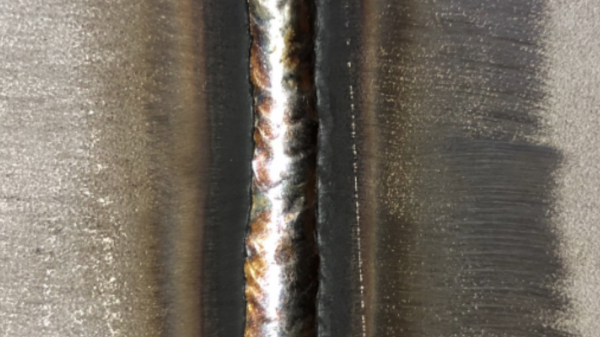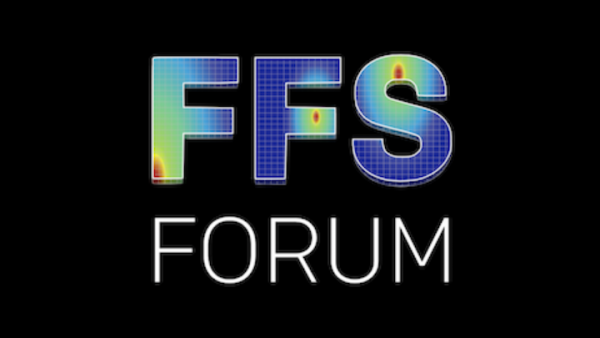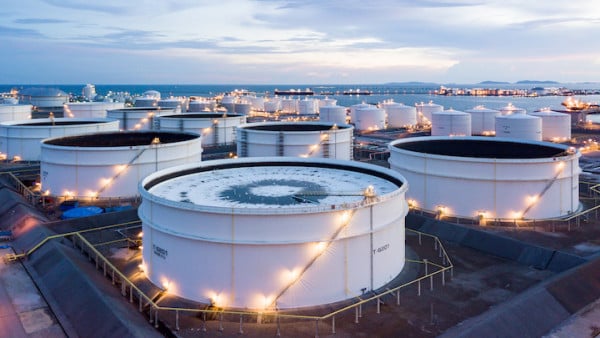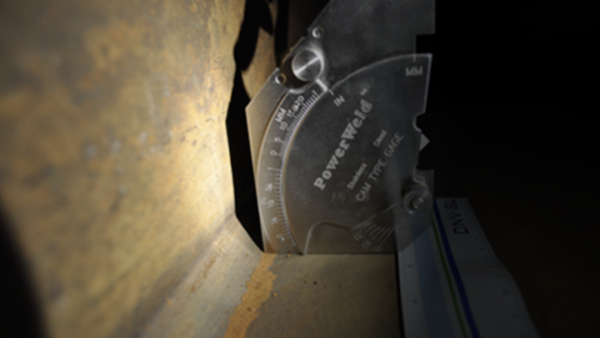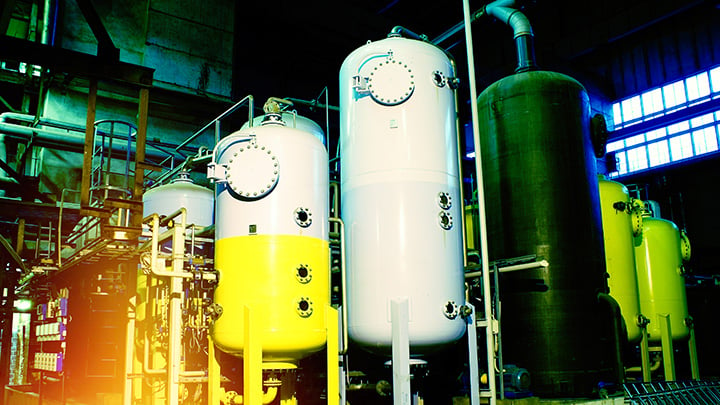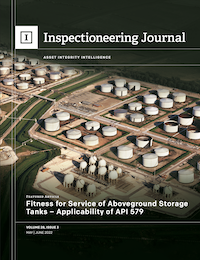
| Date | May/June 2022 |
| Volume | 28 |
| Issue | 3 |
| Return to Journal Index | |
May/June 2022 Inspectioneering Journal Article Index
Part 2 of the three-part series on stress corrosion cracking (SCC) that examines common engineering and FFS methods that can be leveraged to understand and evaluate the propensity for an existing form of SCC to lead to loss of containment.
The pursuit to develop and validate phased array/time of flight diffraction (TOFD) transducers and corresponding wedges to service high-temperature inspections with the hope to discover reliable, convenient, and cost-effective alternatives.
After extensive application research, development, and testing, a technique has been developed that eliminates the need for backing gas for purging. It also provides a cost-effective system for welding the entire weld with high integrity.
As one of the simpler API 579 FFS assessments, there are relevant criteria to check that are necessary to assess and evaluate laminations.
The assessment procedures in API 579 may also be applied to pressure-containing equipment constructed to other recognized codes and standards. The author will examine the application of these procedures to aboveground storage tanks.
Shedding some light on the realities of hydrogen diffusion in the context of repair planning and equipment management and helping answer the age-old question, “Do I have to bake this out?”
ICP has worked with industry leaders to ensure that certified personnel are meeting the demands that the industry expects. Through professional development, workers can hone and expand their skills to become better and more efficient workers.
A case study on utilizing the Quantitative Reliability Optimization (QRO) methodology to help better evaluate equipment risk and predict future product availability.
With the IMS Suite, you can calculate optimal intervention periods and lay out efficient maintenance strategies. Click here to learn more.
Resulting from developing a 20-year nonintrusive inspection strategy, a successful experience is presented using a volumetric examination on a modified storage tank shell-to-bottom weld, known in the industry as corner-weld.
